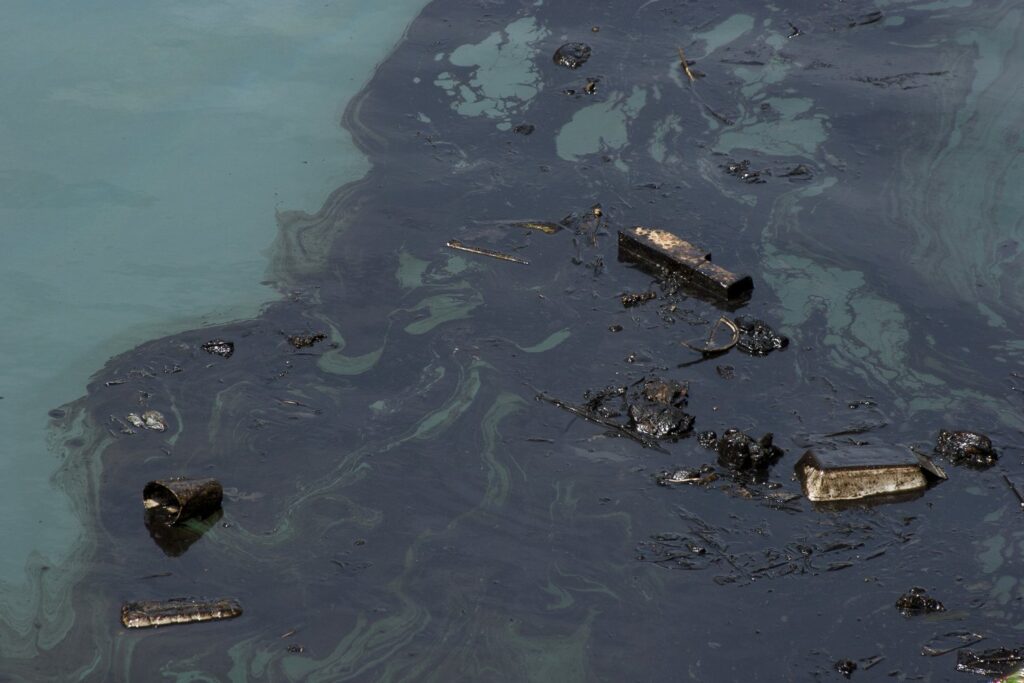The urgent challenge of mitigating water contamination caused by industrial dyes across various sectors, including textiles, food, and cosmetics, underscores the critical need for eco-friendly and sustainable solutions. In response, the industrial and scientific communities are actively pursuing alternative methods that align with environmental standards.
In an innovative stride toward addressing this issue, researchers at Flinders University have unveiled a groundbreaking method to decompose and potentially eradicate harmful organic substances, such as azo dyes, from industrial effluents. This method employs a sophisticated chemical photocatalysis technique, energised by ultraviolet light, to break down these pollutants.
At the core of this research, spearheaded by Professor Gunther Andersson of the Flinders Institute for NanoScale Science and Technology, is the synthesis of minuscule metallic formations. These formations consist of mere nine-atom clusters of gold (Au) intricately bonded to titanium dioxide surfaces. The interaction between these components, under the influence of UV light, triggers a series of reactions that break down the toxic chemicals.
Professor Andersson elaborated on the process, stating, “The gold nanocluster cocatalysts enhance the photocatalytic work of the titanium dioxide and reduce the time required to complete the reaction by a factor of six.” This finding was highlighted in a recent publication in the journal Solar RRL, showcasing the efficiency and potential of this innovative approach.
This method offers a robust alternative to conventional chemical processes used for water purification. By leveraging the unique properties of heterogeneous semiconductor-mediated photocatalysis systems, it can effectively dismantle a wide array of organic pollutants, transforming them into harmless water and carbon dioxide. The efficacy of this system in degrading complex molecules like azo dyes underscores its significance, as Professor Andersson from the College of Science and Engineering points out.
The necessity for such advanced solutions is driven by the environmental impact of various chemical industries, which are known to discharge hazardous, non-biodegradable dyes into natural water sources. Many of these pollutants comprise azo dyes, with methyl orange being a prevalent example in the industry due to its water-soluble nature.
Building on this foundation, the team at Flinders University has also explored the application of the gold cluster cocatalyst in conjunction with modified semiconductors. This approach has shown promise in the decomposition of methyl orange, further demonstrating the versatility and potential of their photocatalysis systems. Their findings, documented in Applied Surface Science, were derived from experiments conducted in a specialised vortex fluidic device, a product of Professor Colin Raston’s nanotechnology lab at the university.
Highlighting the limitations of traditional water treatment methodologies, Flinders Ph.D. Dr Anahita Motamedisade, now a research fellow at the Center for Catalysis and Clean Energy at Griffith University, pointed out the inadequacy of conventional systems in eliminating toxic substances from wastewater. Dr Motamedisade explained, “The reason for this is that some chemicals, especially those with aromatic rings, are resistant to chemical, photochemical and biological degradation.” This challenge is compounded by the fact that such processes often lead to the formation of hazardous by-products.
Through their research, the team aspires to refine and expand upon these photocatalytic degradation techniques, offering a more comprehensive solution to the pervasive issue of water pollution. This ambition is rooted in Dr. Motamedisade’s doctoral work, which includes exploring effective treatments for winery wastewater, illustrating the broader applicability of their findings in tackling global environmental challenges.
Author:
Kate Sivess-Symes
Content Producer and Writer
Nano Magazine | The Breakthrough


